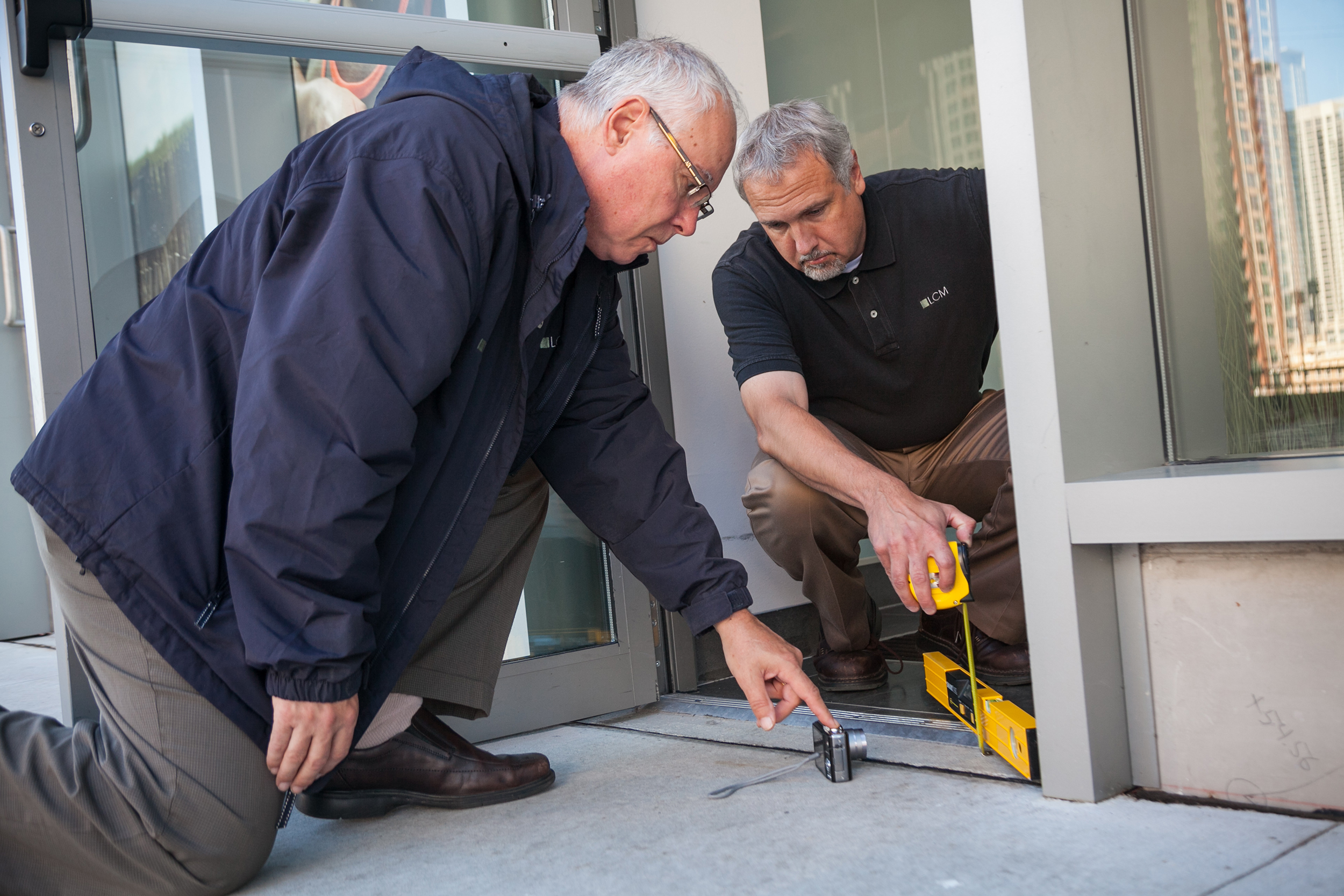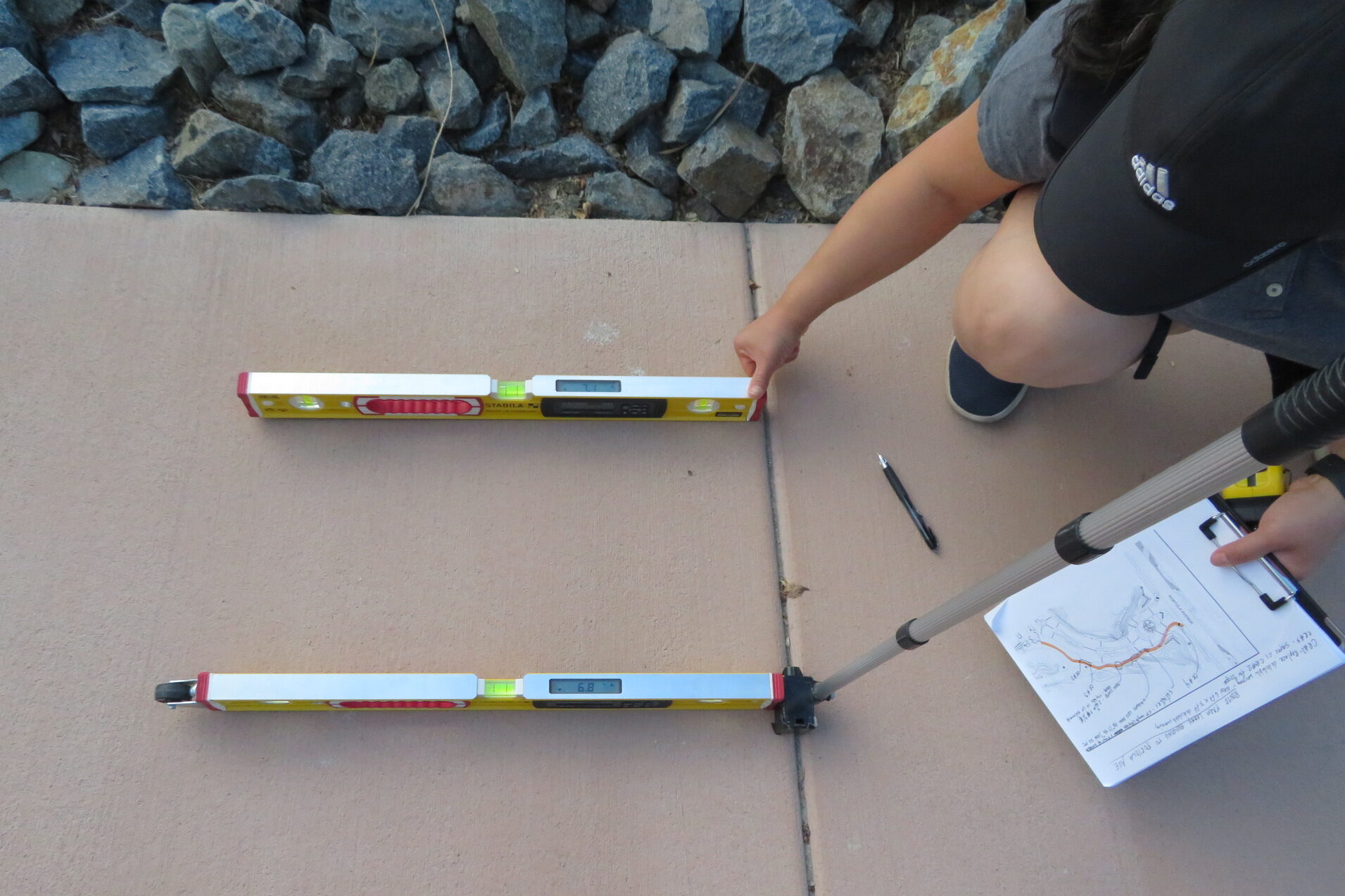ADA Title II Transition Plan
Title II of the Americans with Disabilities Act (ADA) requires a Transition Plan to provide program accessibility for people with disabilities. What does that entail?
Who needs a Transition Plan?
Title II of the ADA protects individuals with disabilities from discrimination in services, programs, and activities provided by government entities. All departments, agencies, and special districts of state and local governments are subject to Title II requirements. Colleges and universities receiving any public funding also must comply with Title II requirements. Section 504 of the Rehabilitation Act of 1973 also applies to these government and publicly funded entities.
What a Transition Plan requires.
State and local government entities are required to provide program accessibility* for persons with disabilities. Entities must first identify discriminatory policies and physical conditions that prevent access to programs and services. This is accomplished by conducting a Self-Evaluation and developing a Transition Plan. A Transition Plan is a feasible compliance plan that can be implemented within a reasonable time frame.
According to the law, the steps of an ADA Title II Transition Plan are straightforward:
- List the physical barriers that prevent program accessibility.
- Describe how those barriers will be removed.
- Establish a schedule to remove those barriers, identifying interim steps for transition periods longer than one year.
- Identify the official responsible for the plan’s implementation.
Making programs accessible.
States, counties, cities, and public university campuses typically have limited budgets. They also have a large number of departments and facilities that offer disparate programs and services to a diverse public.
Title II acknowledges the operational and organizational complexity of large public entities and the potential cost associated with accessibility alterations. The law specifies that public programs and services must be accessible to people with disabilities. According to the law, not necessarily every square inch of every facility need be accessible.
For example, a park district may have multiple golf courses or swimming pools. It can decide which to make accessible so people with disabilities can participate in those programs and activities. Multiple factors influence these decisions in order to achieve program accessibility. Geographic distribution, availability of public transportation, hours of operation, integrated location, and services provided are some factors to consider.
In another example, a public university finds that a biology course is located in an inaccessible building. Moving the course to a building on campus that is readily accessible or more suited for reasonable accessibility modifications is a compliant solution.
An entity may also have practices and procedures that, however unintentionally, prevent someone with a disability from participating. The Self Evaluation process is intended to identify such practices and establish measures that prevent discrimination.
For example, a city has a policy that prohibits animals in public places. This policy must be modified to allow people with disabilities who use service animals to access public spaces.
Role of accessibility specialists.



Accessibility specialists familiar with ADA Standards have the technical and field experience to identify accessibility barriers. They can perform thorough facility surveys, interpret conditions, and analyze the resulting data to recommend physical modifications. They can also analyze scope, location, frequency of use, and public demand to recommend program and service barrier removal options. Prioritizing and scheduling these compliance measures within capital budgets is the basis for a Transition Plan. Accessibility specialists can contribute valuable experience to this process.
Why have a Transition Plan?
ADA Title II regulations were published in July 1991. State and local government entities were expected to perform a Self-Evaluation and develop a Transition Plan soon thereafter.
Not all Title II parties have developed a Transition Plan. For those that have, it is prudent for them to update their Transition Plan and Self Evaluation periodically. The update can be a guide for compliance with current regulations and design standards, such as the 2010 ADA Standards. Additionally, updates verify that changed policies or emerging technologies are in compliance.
Having an up-to-date Transition Plan in place does not necessarily guarantee that a lawsuit or complaint will not be filed. Details of a plan to correct non-compliant conditions necessarily unfold over time. However, being proactive may be advantageous. Thoroughly investigating all potential barriers and implementing corrective strategies may reduce the unwelcome possibility of a grievance and costly litigation.
* Program accessibility, explained in the U.S. Department of Justice Title II Technical Assistance Manual: “A public entity’s services, programs, or activities, when viewed in their entirety, must be readily accessible to and usable by individuals with disabilities. This standard, known as “program accessibility,” applies to all existing facilities of a public entity. Public entities, however, are not necessarily required to make each of their existing facilities accessible … Public entities may achieve program accessibility by a number of methods. In many situations, providing access to facilities through structural methods, such as the alteration of existing facilities and the acquisition or construction of additional facilities, maybe the most efficient method of providing program accessibility. The public entity may, however, pursue alternatives to structural changes in order to achieve program accessibility. Nonstructural methods include acquisition or redesign of equipment, assignment of aides to beneficiaries, and provision of services at alternate accessible sites.”